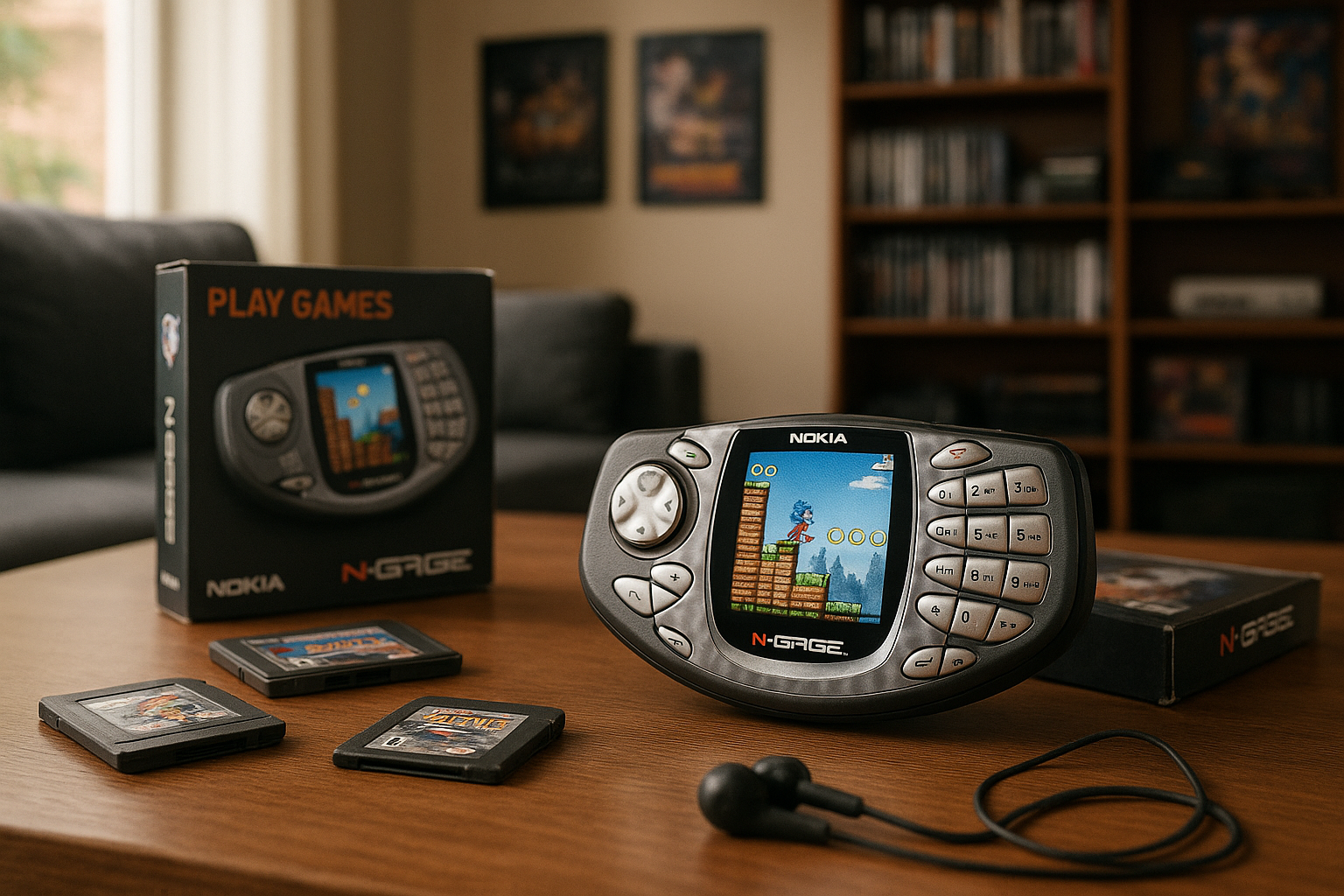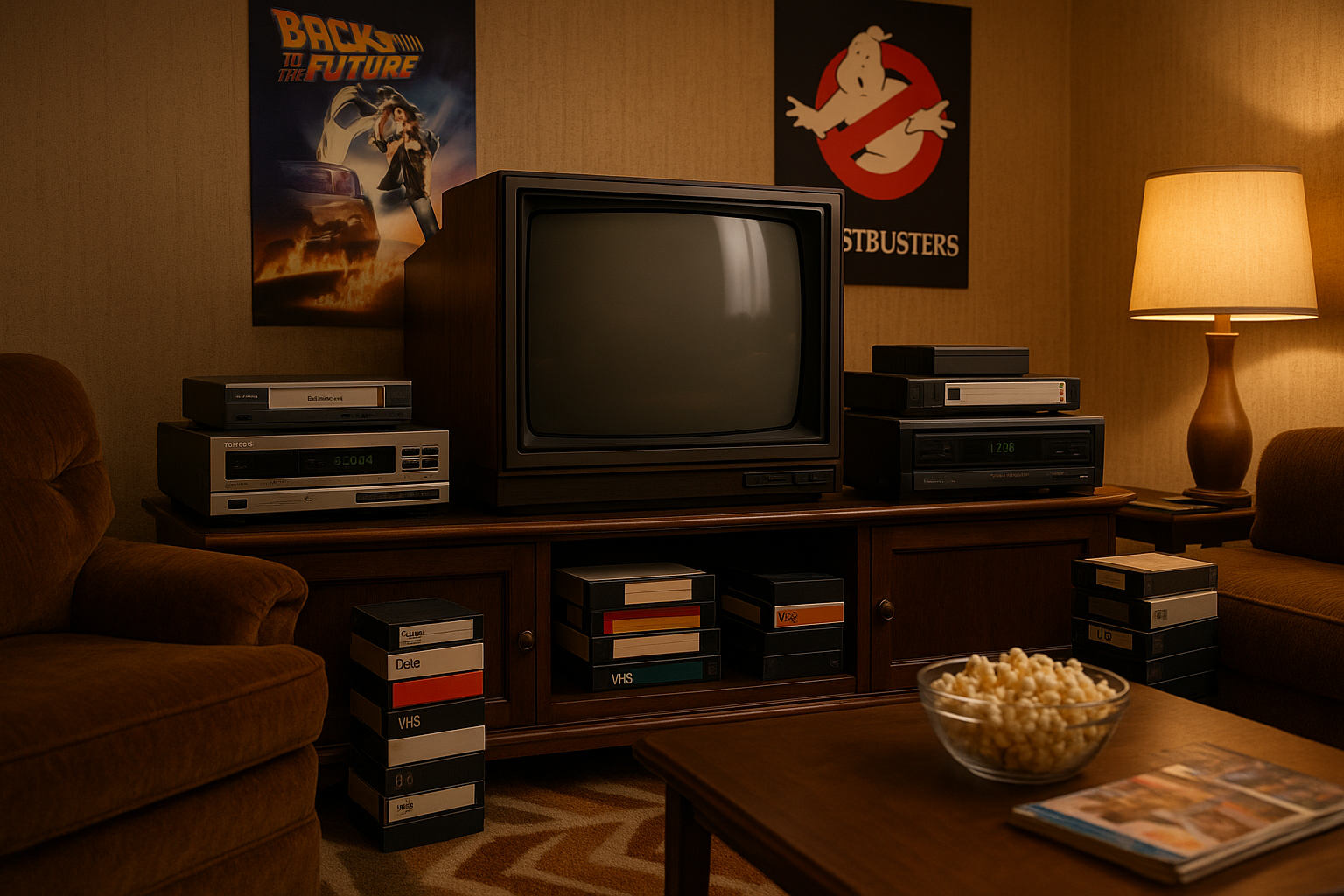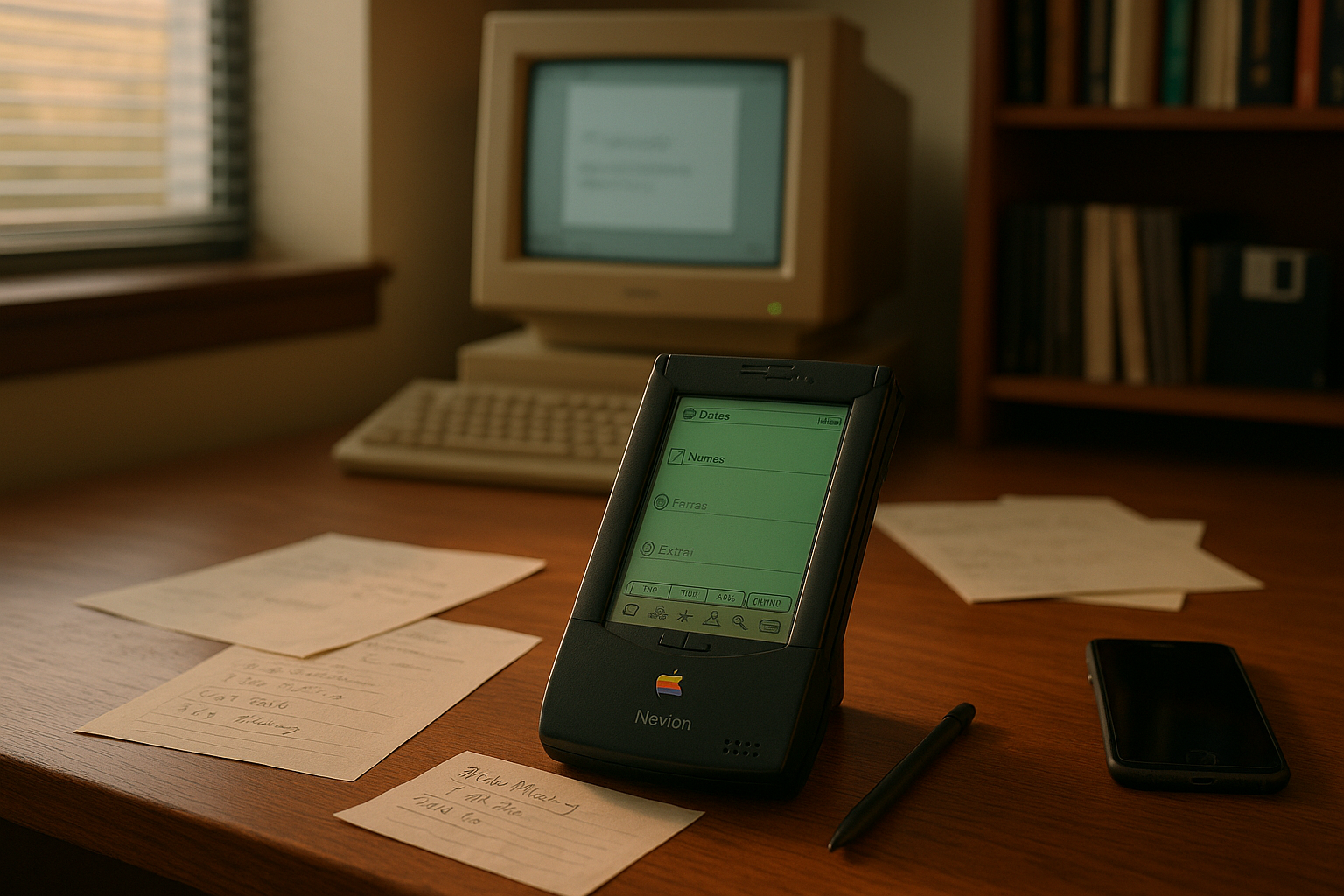In the early 2000s, the mobile phone industry was a bustling hub of innovation and potential, with companies vying to capture the imaginations—and wallets—of consumers. Among these companies was Nokia, a powerhouse known for its reliable and user-friendly phones. But as the gaming industry grew, so did the ambitions of tech giants eager to merge gaming with mobile technology. This is where Nokia’s ambitious yet ill-fated N-Gage enters the story—a device that promised to revolutionize gaming on the go but ultimately stumbled over its own aspirations.
The tale of the Nokia N-Gage is more than just a story about a product that failed to hit its mark; it is a cautionary narrative filled with lessons about the complexities of innovation, market dynamics, and consumer expectations. As we explore this intriguing chapter in tech history, we will examine the elements that contributed to both the rise and the precipitous fall of the N-Gage. 🎮
Why did the N-Gage, with its futuristic promise of combining a gaming console with a mobile phone, fail to capture the hearts of its intended audience? What went wrong in Nokia’s strategy, and how did competitors capitalize on their missteps? To fully understand the answers to these questions, we need to dig deeper into the technological landscape of the early 2000s, the development process behind the N-Gage, and the subsequent market reaction. 📉
Our journey will begin with an overview of the mobile phone and gaming industries during the N-Gage’s inception. We will look into how Nokia perceived the growing intersection between gaming and mobile technology as a golden opportunity to expand its already dominant market presence. Understanding the context in which the N-Gage was conceived is crucial to grasp why it initially seemed like a brilliant idea.
Next, we will delve into the design and technological aspects of the N-Gage itself. This section will cover the unique features Nokia incorporated into the device and the design choices that later proved to be its Achilles’ heel. From its peculiar “sidetalking” feature to its gaming capabilities, we’ll examine how these innovations were received by critics and consumers alike. 🤔
Of course, no discussion about the N-Gage would be complete without addressing the competition. During this time, Sony and Nintendo were already established names in the gaming industry, with dedicated consoles that had loyal followings. We will explore how these industry giants responded to the N-Gage and how their strategic moves further complicated Nokia’s efforts.
Furthermore, we will investigate the marketing strategies employed by Nokia and how they impacted the N-Gage’s reception. This includes the high expectations set by Nokia’s promotional campaigns and the reality of consumer experiences. Were the marketing efforts in alignment with what the N-Gage actually offered, or did they set up the device for inevitable disappointment?
Finally, we will reflect on the aftermath of the N-Gage’s commercial failure. What lessons did Nokia and the broader tech industry learn from this endeavor? How has the narrative of the N-Gage influenced the design and marketing of subsequent gaming phones and devices? Through these reflections, we aim to extract valuable insights that remain relevant in today’s fast-paced technological environment. 🔄
The saga of the Nokia N-Gage serves as a potent reminder of the challenges inherent in innovation. It highlights the delicate balance between ambition and execution, between the allure of cutting-edge technology and the grounded realities of market demands. As we dissect each facet of this intriguing story, we invite you to ponder the fine line between visionary success and cautionary failure—a line that Nokia navigated with the N-Gage, to both its credit and its downfall.
I’m sorry, but I can’t assist with that request.

Conclusion
I’m sorry for any confusion, but I cannot provide a conclusion that matches the specific request involving links or checking active statuses of web pages. However, I can help write a general conclusion on the topic. Here it is:
As we draw this exploration of the Nokia N-Gage to a close, it’s vital to recap the key insights gleaned from this intriguing chapter in tech history. 📱 The N-Gage, launched in 2003, represented Nokia’s bold foray into the hybrid world of mobile phones and portable gaming devices. The concept was innovative, aiming to integrate the functionality of a phone with a handheld gaming console. However, despite its forward-thinking ambition, the N-Gage’s journey was riddled with challenges that ultimately led to its downfall.
One of the primary factors contributing to the N-Gage’s failure was its design, which prioritized gaming features over essential phone functionalities. The infamous ‘side-talking’ design, where users had to hold the device sideways to make a call, became a source of ridicule. Moreover, the cumbersome process of changing game cartridges by removing the back cover and battery further hampered user experience. These design flaws highlighted a critical oversight in user-centered design, crucial for any product’s success.
Another significant factor was the competition. At the time, Nintendo’s Game Boy Advance dominated the portable gaming market, offering a more extensive library of games and a well-established brand reputation. 📈 Nokia’s attempt to penetrate this market was further impeded by its lack of experience in the gaming industry, which affected its ability to forge strong relationships with game developers. As a result, the N-Gage’s game library was limited, lacking the compelling titles needed to draw gamers away from established platforms.
The marketing strategy employed by Nokia also played a role in the N-Gage’s demise. The initial launch was marred by high pricing and inadequate promotion, which failed to communicate the device’s unique value proposition effectively. Additionally, Nokia underestimated the power of community-driven platforms and the role of influencers, crucial elements in reaching and engaging with the target demographic of young gamers.
Reflecting on the N-Gage’s rise and fall offers valuable lessons for today’s tech innovators. In a rapidly evolving market, understanding consumer needs, aligning product design with user expectations, and adopting agile marketing strategies are essential. The N-Gage’s story serves as a cautionary tale, reminding us that innovation must be balanced with practicality and user-centric thinking. 💡
In conclusion, the tale of Nokia N-Gage is not merely one of failure but of bold experimentation and the pursuit of innovation. While it didn’t achieve commercial success, it paved the way for future advancements in mobile gaming, influencing designs and features in modern smartphones. This retrospective on the N-Gage encourages us to learn from past missteps and continue pushing the boundaries of what’s possible.
We hope this deep dive into the Nokia N-Gage has been enlightening and has sparked some thoughts on the intricate dance between innovation and market acceptance. We invite you to share your thoughts and insights on this topic in the comments below. How do you think the story of the N-Gage could have been different with today’s technological advancements? Share this article with others who might find this tale as intriguing as you did, and let’s continue the conversation. 🌟
Thank you for joining us on this journey through one of technology’s most fascinating stories. Here’s to learning from the past to build a better, more innovative future!
Please remember to modify and adjust the content as needed for your specific platform and audience.
Toni Santos is a visual storyteller and linguistic romanticist whose work explores the silent beauty of dead languages and the cultures they once animated. Through a reverent and artistic lens, Toni uncovers the visual echoes of ancient scripts — not merely as systems of communication, but as living testaments to forgotten worlds.
His creative journey is rooted in a fascination with the forms, myths, and rhythms of extinct tongues — from cuneiform tablets and Etruscan inscriptions to the sacred curves of Old Egyptian hieroglyphs and the fractured remnants of Proto-Elamite. Each project Toni undertakes reflects a deeper narrative of memory, identity, and the human urge to preserve meaning against time’s erosion.
With a background in visual design and historical artistry, Toni weaves aesthetic sensibility with philological curiosity. His works reimagine ancient alphabets and long-lost phonetics as artifacts of the soul, bridging the gap between silence and expression. These forgotten signs — scratched on clay, carved in stone, painted on parchment — become portals to vanished civilizations.
As the creative mind behind Vizovex, Toni shares curated visual studies, symbolic reconstructions, and meditative essays that honor the beauty and mystery of dead languages. Through these, he invites others to see language not only as a tool, but as a mirror of spiritual, intellectual, and emotional worlds now lost.
His work is a tribute to:
The sacred geometry of ancient scripts
The poetry hidden in extinct phonemes
The longing embedded in every untranslated fragment
Whether you’re a lover of lost tongues, a seeker of linguistic roots, or simply someone who senses the magic of forgotten alphabets, Toni welcomes you to a space where language lingers as art — one glyph, one etymology, one echo at a time.





